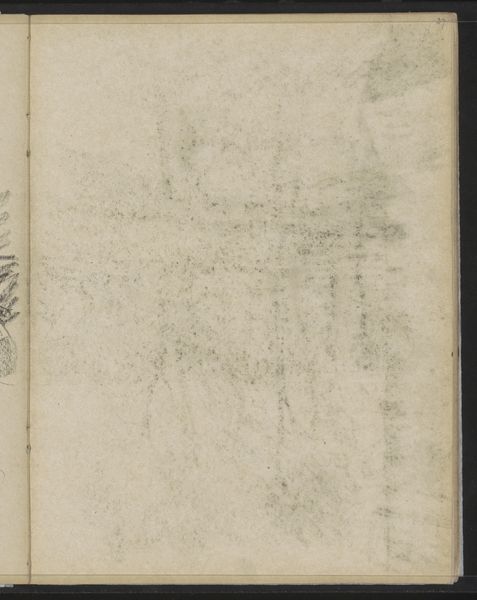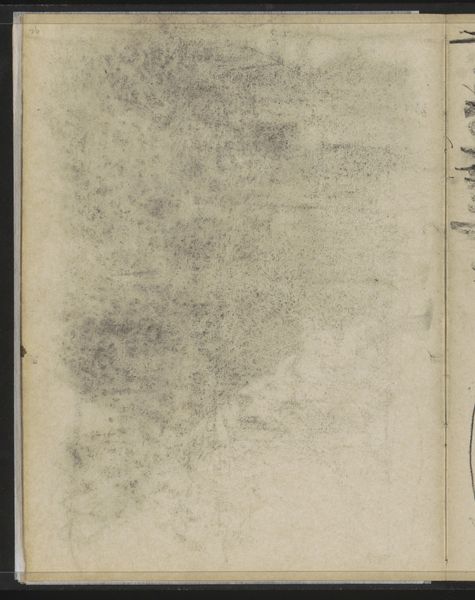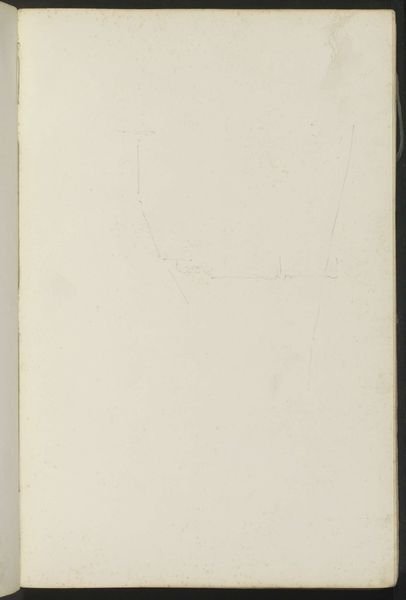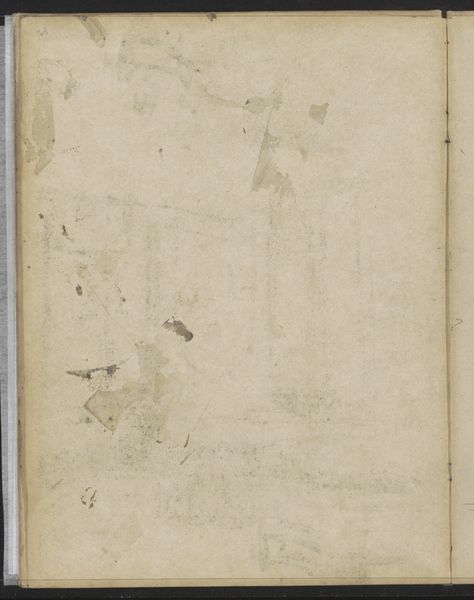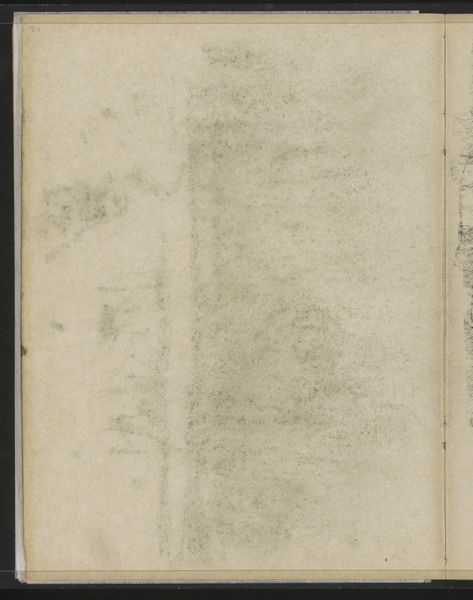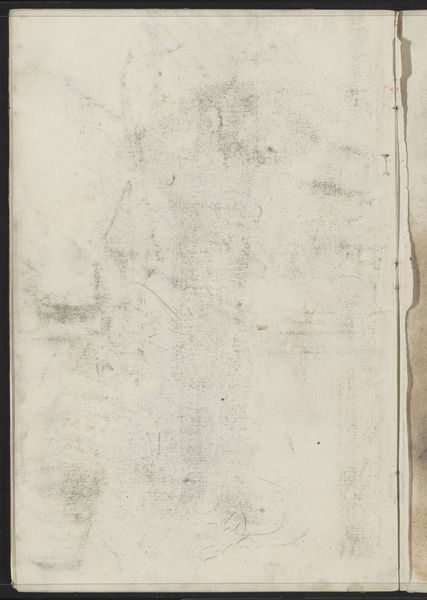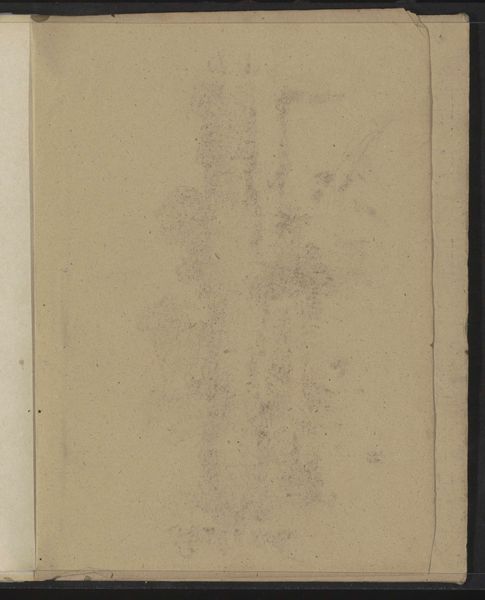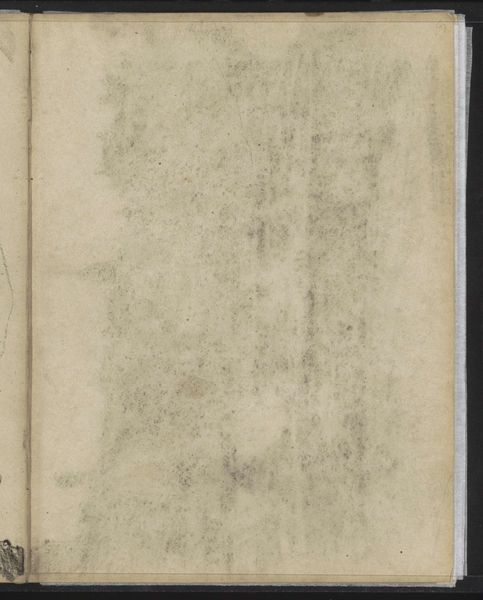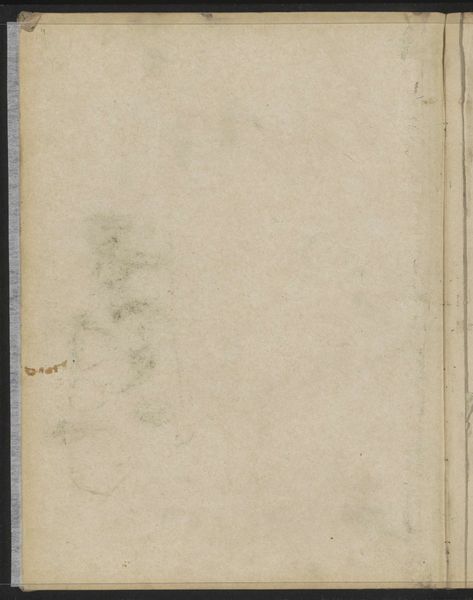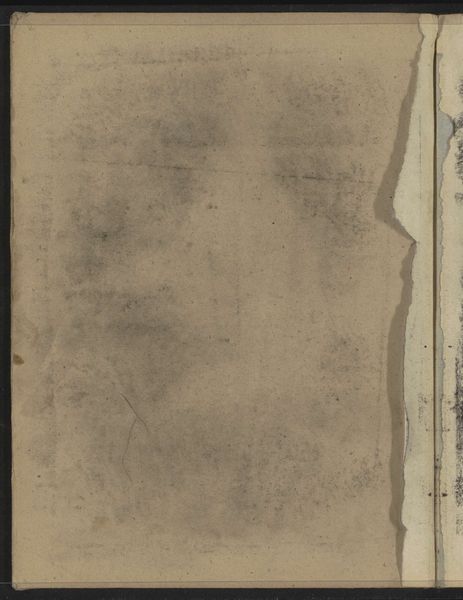
drawing, paper, pencil
#
drawing
#
paper
#
geometric
#
pencil
#
line
Copyright: Rijks Museum: Open Domain
Editor: This is “Architecturale omlijsting,” an architectural surround by Willem Koekkoek, made sometime between 1849 and 1895. It’s a pencil drawing on paper, currently held at the Rijksmuseum. It's very faint and looks aged, with some water damage visible. What do you see in this piece beyond a preliminary sketch? Curator: Let's focus on the 'preliminary' aspect. The use of pencil and paper points to accessibility, a democratizing shift in art creation during this period. Who had access to these materials and what did it enable them to do? This architectural surround, while seemingly 'high art', relies on mass-produced materials made by laborers who likely didn't partake in the 'high art' world. The materials used invite us to consider who is given the time, education, and tools to pursue such works and whose labor facilitates that. Editor: That's interesting. I hadn't thought about the social aspect of access to art materials. How does that change our interpretation of what is actually depicted in the artwork itself? Curator: Precisely! This 'preliminary sketch', as you say, probably represents wealth and status by picturing refined architecture. Who builds and maintains these buildings? This piece inadvertently visualizes social stratification via the materials and what the architectural setting symbolizes. How are those that create architectural elements represented, compared to those that get to enjoy them? Editor: So, looking at something as simple as pencil on paper opens up questions about labor, class, and even the definition of ‘high art’ at that time. I never thought about it that way before. Curator: Exactly! It highlights that art making isn't divorced from social reality or production. Hopefully, considering materials and who gets to utilize them makes our viewers think beyond the aesthetic. Editor: This conversation definitely makes me rethink how I approach even seemingly simple pieces from now on! Thanks for this insight.
Comments
No comments
Be the first to comment and join the conversation on the ultimate creative platform.
